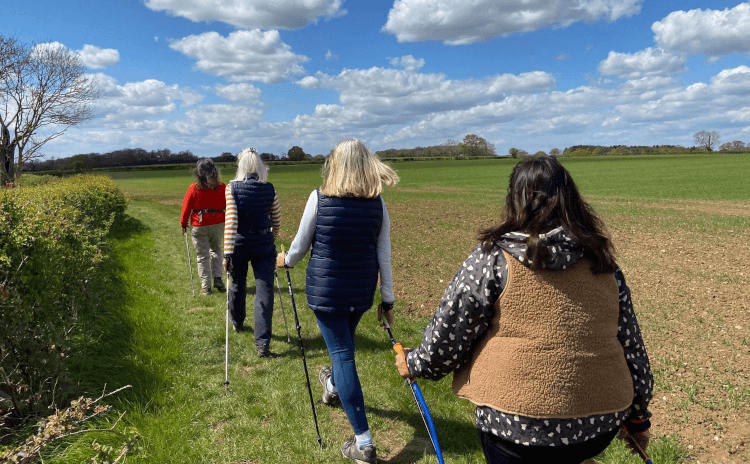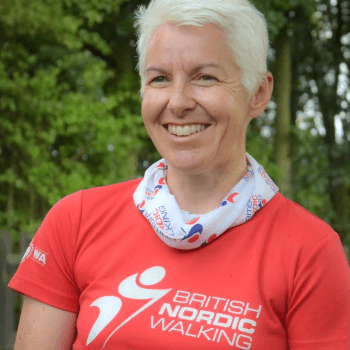Nordic Trekking Pole Technique
Try out this driving trekking pole technique, derived from the art of Nordic Walking, to build speed and stability on the trails.
Nordic Trekking Pole Technique
https://www.contours.co.uk/nordic-trekking-pole-technique
by Catherine Hughes
Trekking poles can transform your walking experience, especially on the stunning long-distance routes offered by Contours Holidays.
When used correctly, trekking poles not only improve your efficiency on the trail but also reduce strain on your joints, making long-distance walking more enjoyable and less tiring.
Whether you’re climbing a hill, traversing a flat path or navigating a descent, mastering the proper technique for using trekking poles can make all the difference.

Good trekking pole technique can be derived from Nordic Walking, a Finnish innovation originally developed as summer training for cross-country skiers. Nordic Walking emphasises a rhythmic, meditative motion that enhances physical and mental well-being. It became popular in the late 1990s, when Finland’s public health department promoted it for its long-term health benefits.
Today, Nordic Walking is a global activity, with the International Nordic Walking Federation (INWA) leading the movement. British Nordic Walking, the UK representative of INWA, offers lessons and instructor training.

While Nordic Walking poles differ from trekking poles, featuring a special strap that allows for a more relaxed grip and a push-pull technique that improves circulation and burns more calories, you can adopt elements of Nordic Walking technique to get the most out of any walking pole.
Here’s how to use your trekking poles effectively:
Using trekking poles with proper technique provides several benefits:

If you’ve enjoyed experimenting with these trekking pole techniques, why not take it a step further and try Nordic Walking? A beginner’s lesson with a certified instructor can teach you how to adapt your technique for different terrains and make the most of Nordic Walking poles. You’ll learn how to relax your grip, open and close your hand for better circulation, and find the meditative rhythm that Nordic Walking is famous for.
Whether you’re trekking through Contours Holidays’ picturesque trails or exploring new routes, the right pole technique can help you arrive at your next destination feeling less tired and more ready for the adventures ahead.
For more information and to find an instructor near you, visit the British Nordic Walking website.


CEO of British Nordic Walking CIC
Catherine is the CEO of British Nordic Walking, training people to be Nordic Walking instructors and helping them establish community classes. Passionate about promoting active lifestyles, she enjoys Nordic Walking and cycling in the stunning Peak District during her free time, blending her love for fitness with the great outdoors